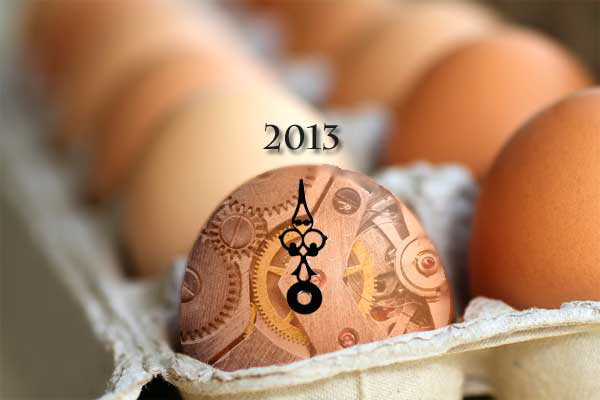Assessing egg production over the last century

ABSTRACT: A collaborative effort by a working group of the European Federation of WPSA examined the scientific research behind a number of major advances, over the last century, in egg production and provides some insight into the focus of current research.
By: M Rossi, Y Nys, M Anton, M Bain, B De Ketelaere, K. De Reu, I Dunn, J Gautron, M Hammershøj, A Hidalgo, A Meluzzi, K. Mertens, F Nau and F Sirri
The hen’s egg, in the form of table eggs and egg products, forms a staple part of the world’s total protein consumption. In the last century, there has been considerable research effort focusing on ways of improving egg production and enhancing the quality of eggs.
More recently, and with the development and application of new molecular technologies, our understanding and knowledge of how an egg is formed, what it actually consists of, in terms of its major versus minor components, and what the functional roles of each of these components might be, have been greatly enhanced.
For example, new previously unknown molecules with specific activity or functional properties have been discovered in the egg albumen and yolk, some of which have potential uses in pharmaceutical and other food related applications.
| This is an abstract from the World ‘s Poultry Science Association‘s Journal.
To purchase report options: |
Join 31,000+ subscribers
Subscribe to our newsletter to stay updated about all the need-to-know content in the poultry sector, three times a week. Beheer
Beheer








 WP Admin
WP Admin  Bewerk bericht
Bewerk bericht